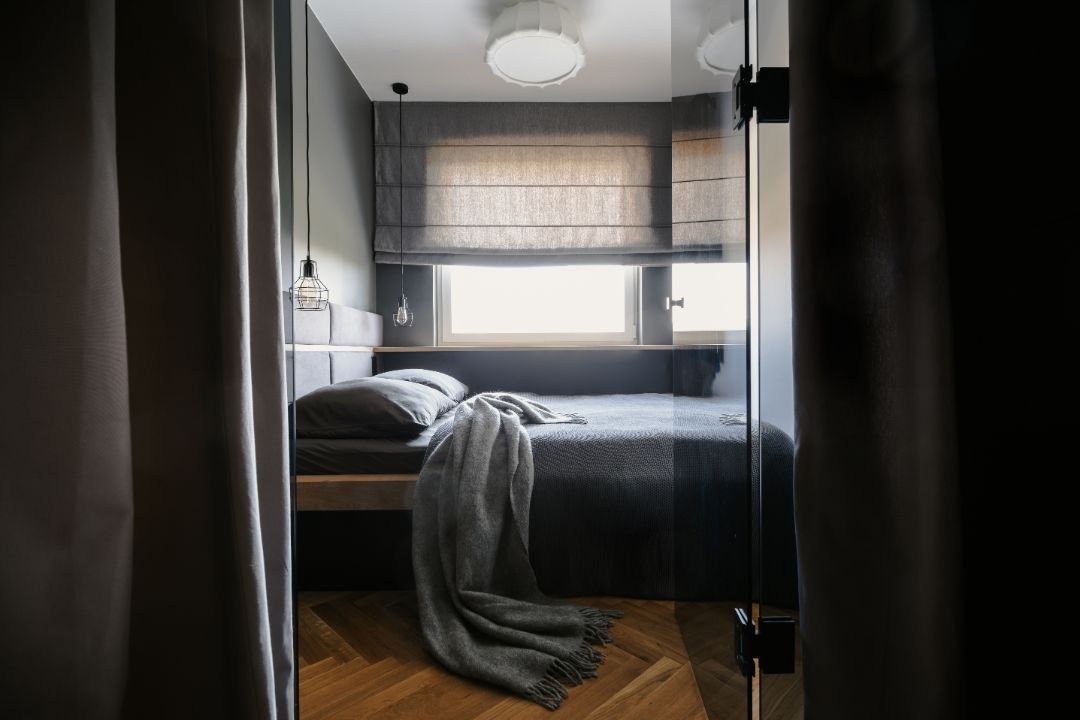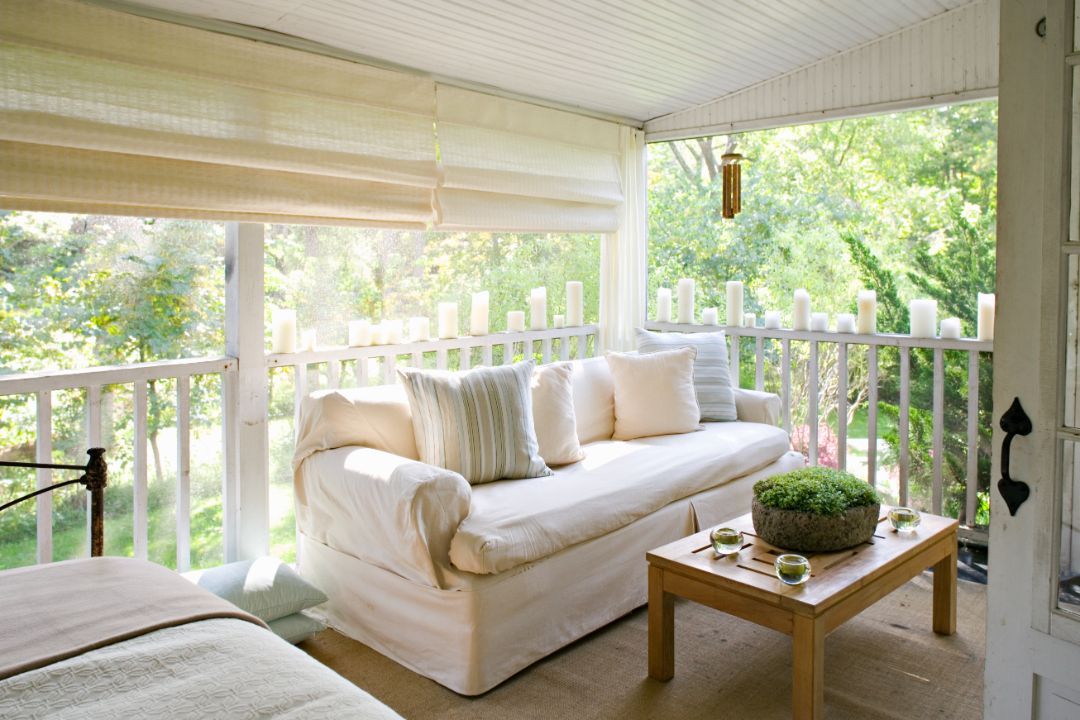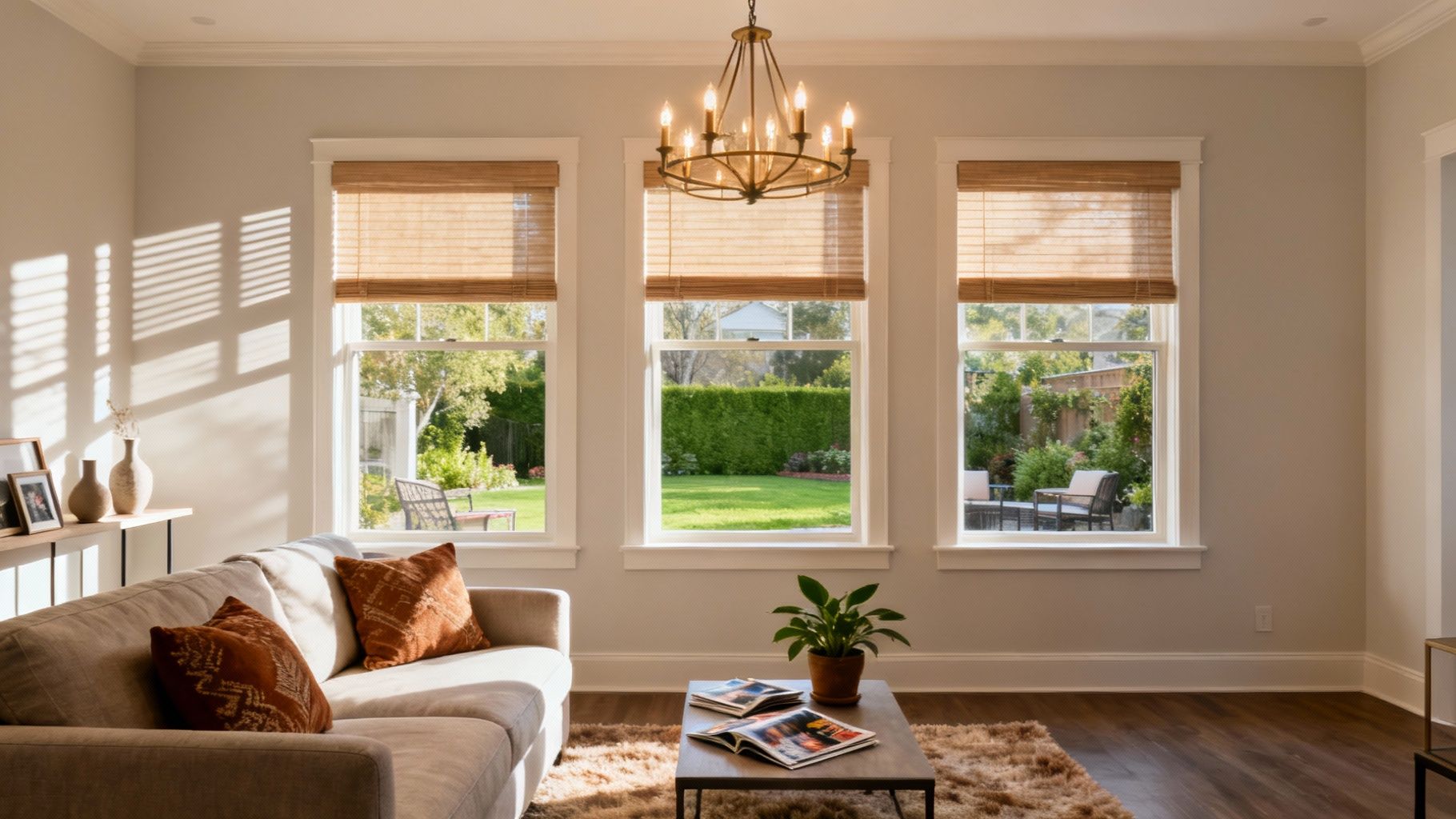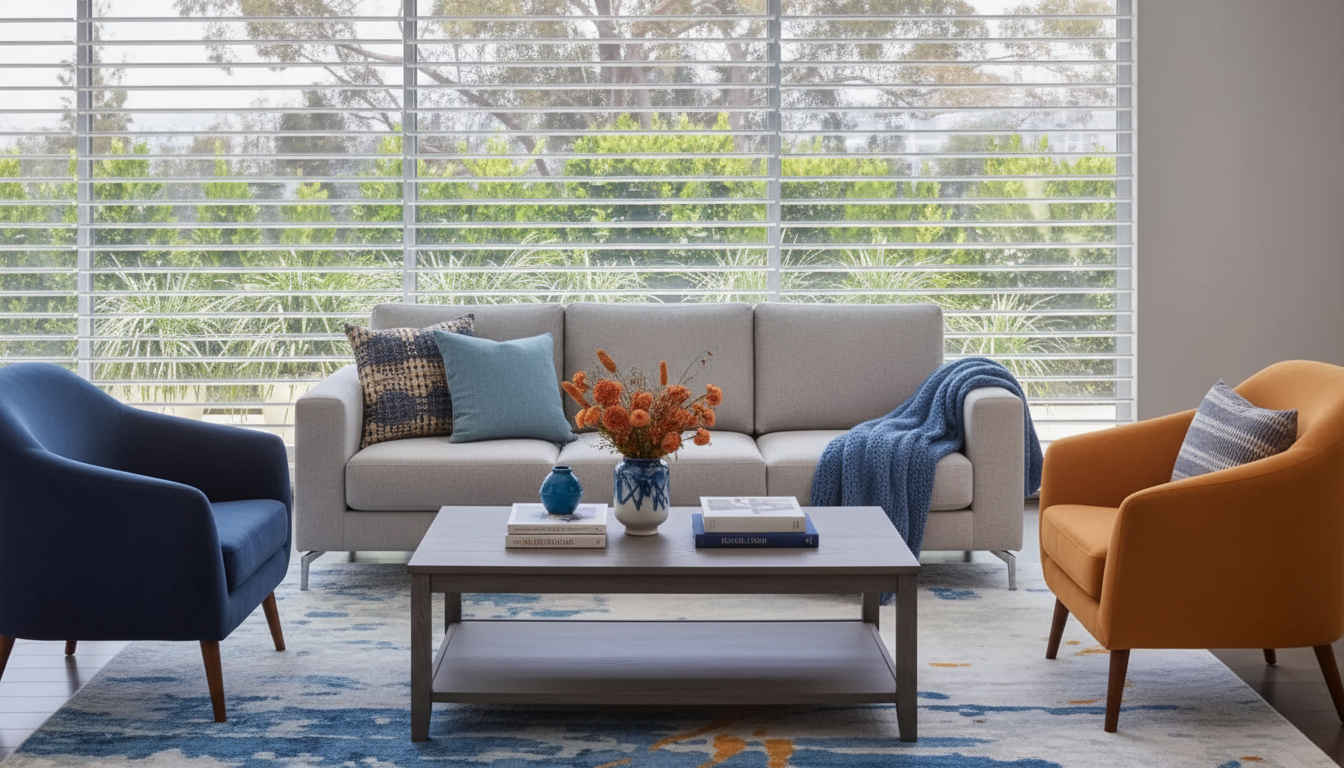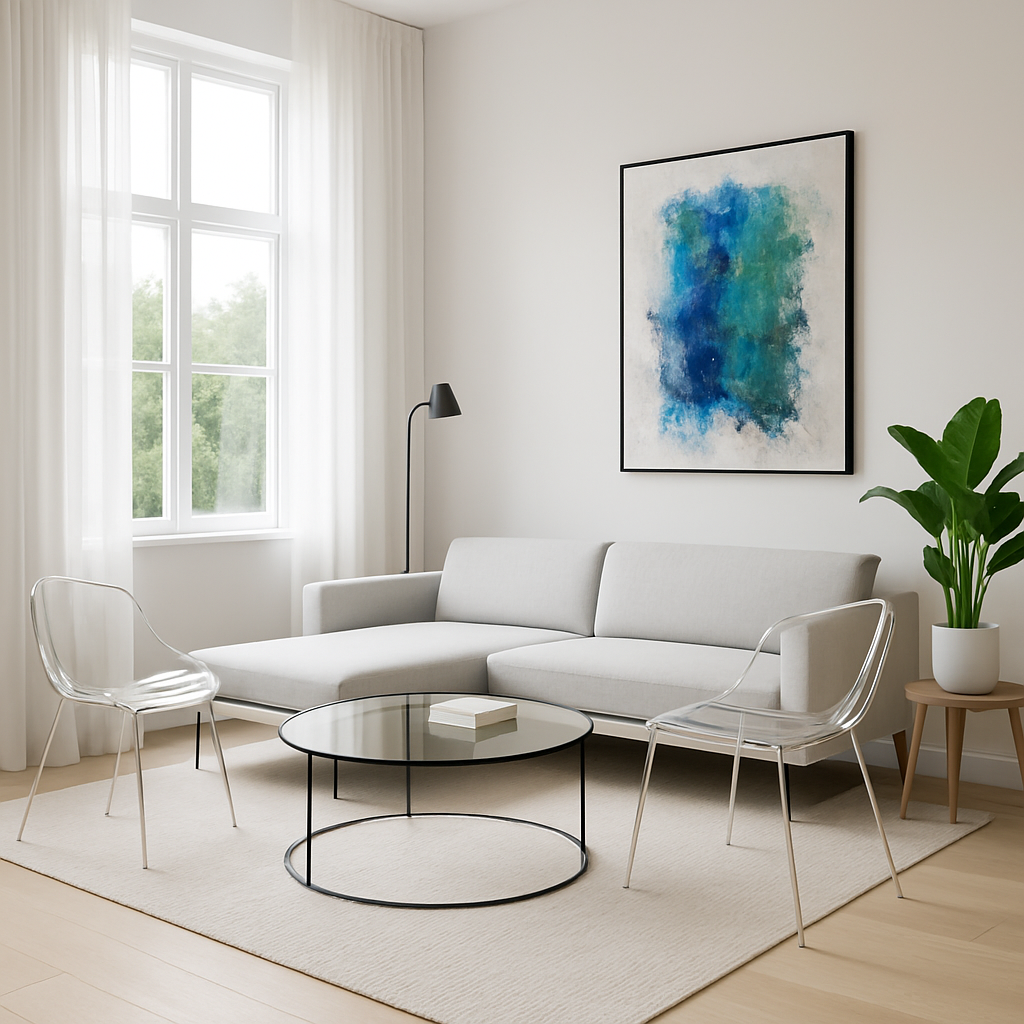3 Reasons You Should Never Pair Blinds and Curtains Together
TLDR;
Pairing blinds and curtains together leads to visual clutter, reduced functionality, and higher overall expense with added maintenance. Instead of enhancing your space, the combination often creates more problems than benefits. Love Is Blinds TX recommends choosing one high-quality
window treatment to achieve style, practicality, and long-term value.
Why Not Layer Blinds With Curtains
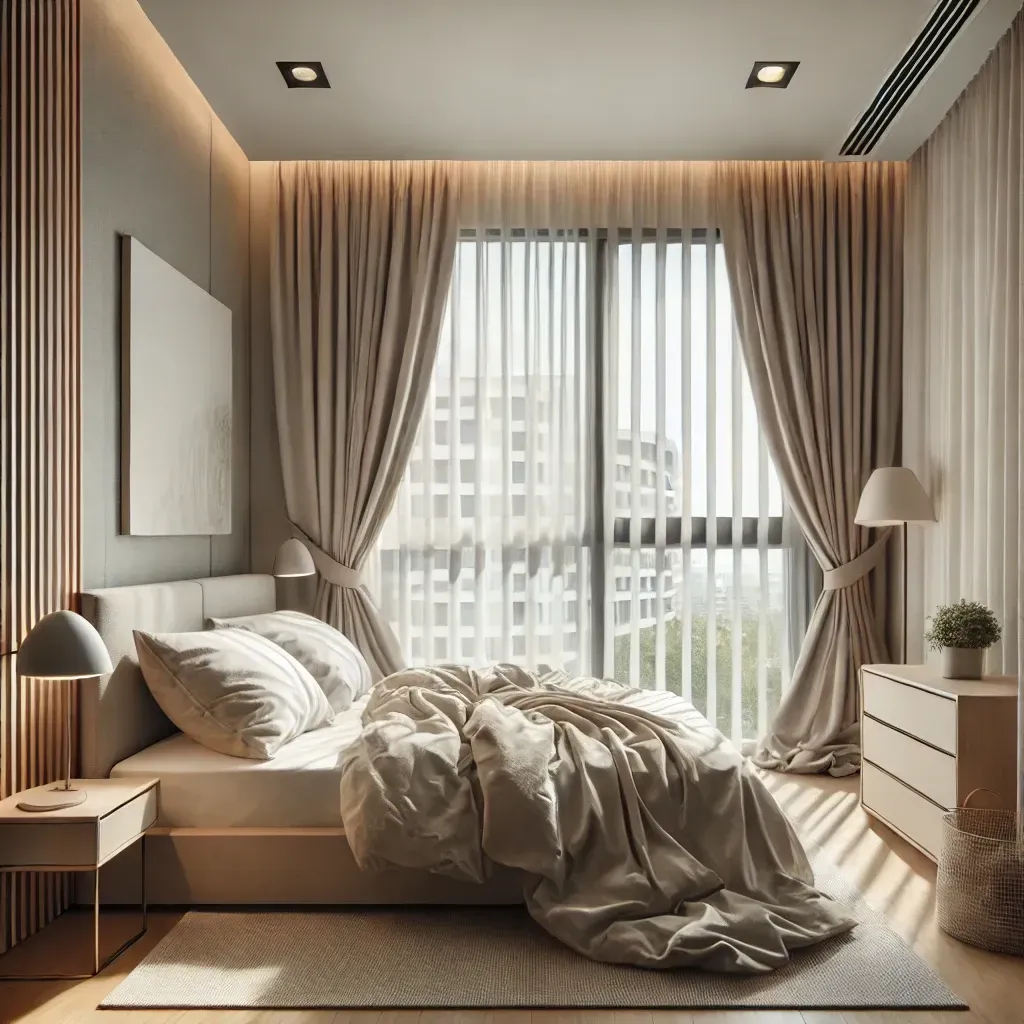
The idea of layering blinds with curtains may sound stylish, but in practice it usually creates more challenges than solutions. Many homeowners assume that combining both will give them better control over light, privacy, and insulation. The reality is the opposite. When you overlap two different treatments, they often compete instead of complementing each other.
From an expert perspective, there are three main reasons why you should avoid pairing blinds and curtains together. Each of these points has both short-term and long-term consequences for your comfort, budget, and home aesthetics.
Reason 1: Visual Clutter And Style Overload
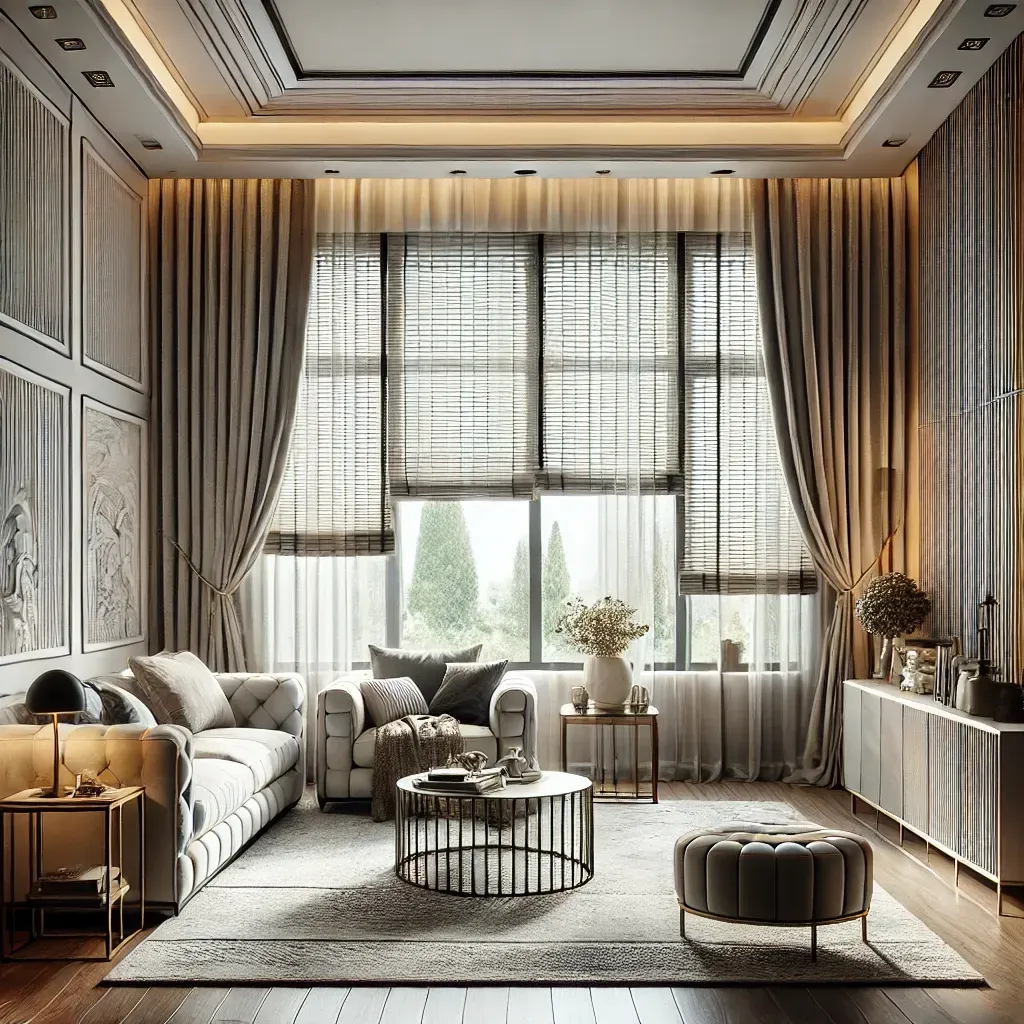
The most obvious drawback of combining blinds with curtains is the messy appearance. Instead of a clean look, you get overlapping layers that fight for attention.
- Too many textures and fabrics stacked in one frame
- Curtain rods competing with blind mounts
- Multiple folds, pleats, and slats creating visual noise
This cluttered look makes small rooms appear even smaller. In open spaces, it distracts from the overall design. If your blinds are sleek and modern but your curtains are heavy or patterned, the clash is even more noticeable.
Many people underestimate how hardware affects the look. Double rods, brackets, and cords all pile up. The result is a window treatment that looks forced rather than intentional.
From a design perspective, simplicity always wins. Choosing one treatment allows your windows to look balanced and cohesive.
Reason 2: Light Control And Functionality Problems
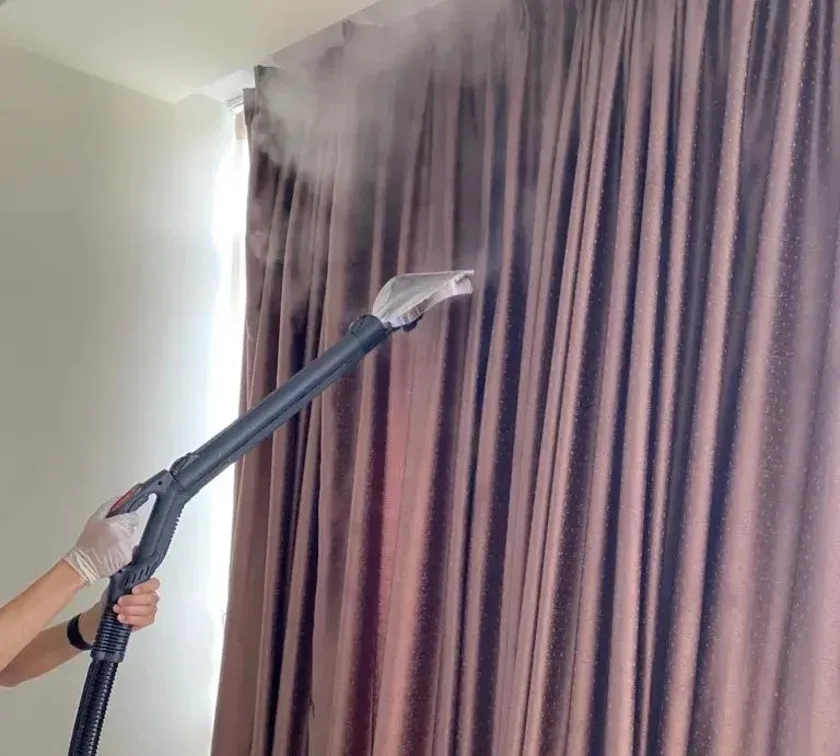
Layering blinds and curtains often reduces usability. Instead of gaining more control, you lose efficiency.
- Blinds block the way curtains filter or soften natural light
- Gaps between layers allow light leakage
- Privacy coverage becomes inconsistent when blinds and curtains overlap incorrectly
- Daily operation becomes frustrating with cords, rods, and panels interfering
If you live in a hot climate like Texas, this problem is magnified. West-facing rooms need reliable light control. Blinds alone can block harsh sunlight, while curtains alone can soften it. Put them together, and you risk uneven results.
For example, if you draw the blinds halfway and the curtains fully, you create awkward shadows. If you pull both open, they take up more space on each side of the window. The end result is less functional, not more.
Homeowners often tell us they stop using one of the layers after a few months because it becomes inconvenient. That means part of your investment goes unused.
Reason 3: Higher Expenses And Increased Maintenance
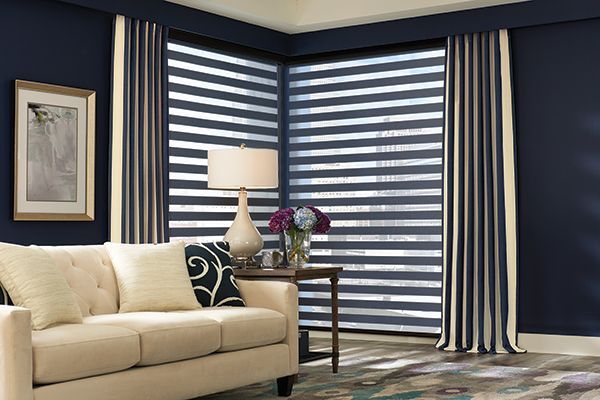
Combining blinds and curtains always leads to higher costs. You are not only buying two separate window treatments but also paying for extra hardware and installation. Choosing one treatment is always more budget-friendly.
The expenses do not stop there. Cleaning blinds requires dusting each slat, while curtains require washing or dry cleaning. With both in the same space, maintenance doubles.
Long-term wear and tear is another hidden cost. Blinds can warp or fade when trapped behind heavy curtains that block airflow. Fabrics fade faster when pressed against hard materials. Replacements become necessary sooner than expected.
Problems With Blinds And Curtains Combo In Small Rooms

In small spaces, the disadvantages are amplified.
- Visual clutter overwhelms a limited area
- Hardware eats into wall and frame depth
- Curtain stacks take up valuable space at the sides of windows
- Blinds and curtains together reduce the open view of the glass
For apartments or smaller Texas homes, layered treatments make rooms look cramped. A single streamlined option such as
roller shades or modern drapery provides a more spacious feel.
Window Treatment Maintenance Challenges
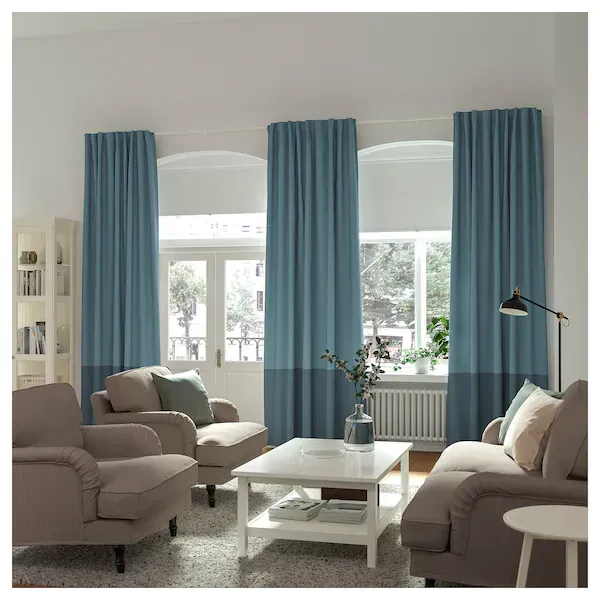
Maintenance is not only about cleaning. It is also about managing the daily use of your window treatments. With blinds and curtains together, the layers interfere with each other.
- Dust collects between the curtain and blind, making cleaning harder
- Pulling curtains across blinds wears fabric faster
- Blinds behind curtains trap heat and moisture, leading to damage
This constant upkeep is why many homeowners regret the decision.
Love Is Blinds TX often receives service calls from clients asking us to remove one of the layers after struggling with maintenance for a year or two.
Light Leakage And Privacy Issues

Another overlooked problem is privacy. Blinds and curtains do not always overlap perfectly. Even small gaps compromise your privacy, especially at night with indoor lights on.
Curtains meant for style rarely close tightly enough to block all angles. Blinds with slats also leave openings when tilted. Together, they can leave unpredictable gaps that defeat the purpose of privacy.
If privacy is a priority, blackout blinds or thermal drapery alone are more effective.
Climate-Specific Problems In Texas

Texas heat brings another reason to avoid layering. The sun exposure is strong, especially in west-facing windows. Blinds can warp in high heat if pressed against heavy curtains. At the same time, fabric curtains fade faster under constant sunlight, especially when trapped in layers.
Energy efficiency is also affected. A single treatment such as insulated
cellular shades provides better thermal control than layering blinds and curtains that interfere with airflow.
Alternatives To Blinds And Curtains Together

Instead of pairing blinds and curtains, consider these better solutions:
- Blackout roller shades for bedrooms needing total darkness
- Sheer shades for filtered light with privacy during the day
- Thermal curtains for insulation in extreme heat or cold
- Roman shades for style and softness without extra layers
- Motorized shades for convenience and consistent operation
If you want a layered effect, a valance or cornice can provide style without the bulk and hassle of full curtains over blinds.
Style Vs Functionality Blinds Curtains

The real question is whether you want style or functionality. Many homeowners think layering gives both, but the opposite happens. Style suffers because of clutter. Functionality suffers because of interference.
When you choose one strong option, you get both. For example:
- Sleek blinds provide modern style and precise light control
- Drapery panels offer soft texture and energy savings
Combining the two usually reduces the strengths of each.
How To Decide What’s Best For Your Room

Ask yourself these questions before buying window treatments:
- Is the room large or small?
- Do you need full blackout or light filtering?
- What is your general budget range?
- Do you prefer a modern or traditional style?
- How much time are you willing to spend on cleaning?
Your answers will point you toward a single treatment that meets your needs without unnecessary complications.
For example, in a west-facing Houston bedroom, blackout blinds are the smartest choice. In a Dallas living room with tall ceilings, full drapery panels work best.
Final Thoughts On Window Coverings
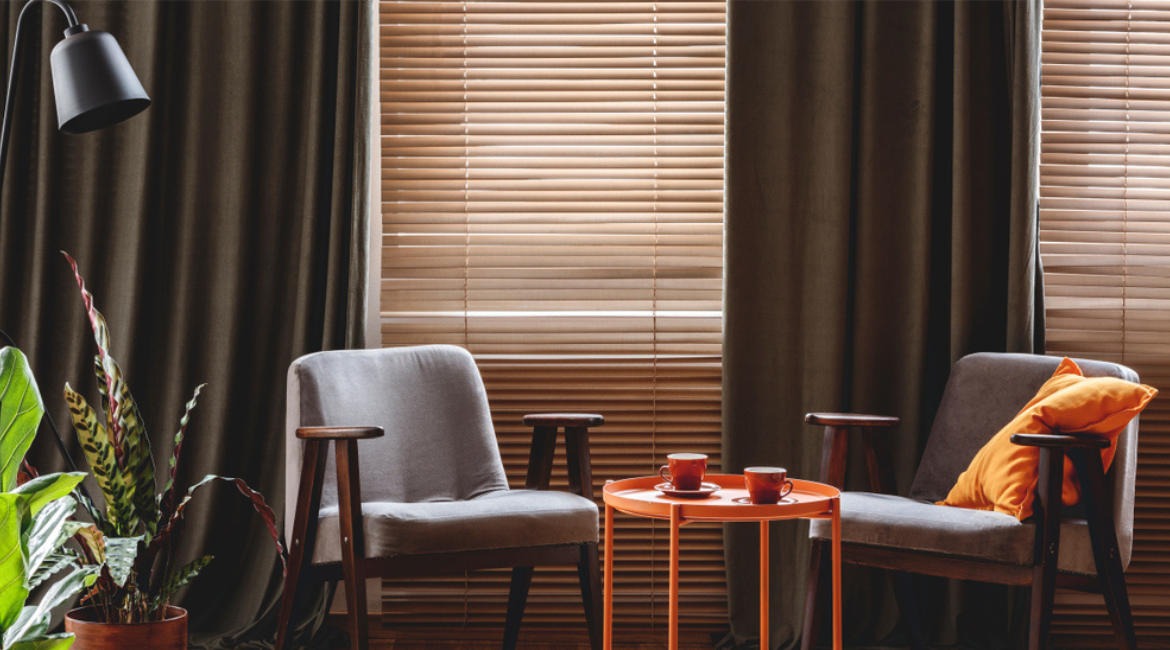
The three main reasons you should never pair blinds and curtains together are clear. You create visual clutter, reduce functionality, and spend more money on both installation and maintenance. These drawbacks outweigh any potential style benefits.
Love Is Blinds TX advises homeowners to focus on one high-quality treatment that fits their space, budget, and lifestyle. This approach gives you a cleaner look, easier maintenance, and better long-term results.
By avoiding the blinds and curtains combo, you save yourself from years of unnecessary expense and frustration. One well-chosen treatment will always serve you better than two competing ones.


